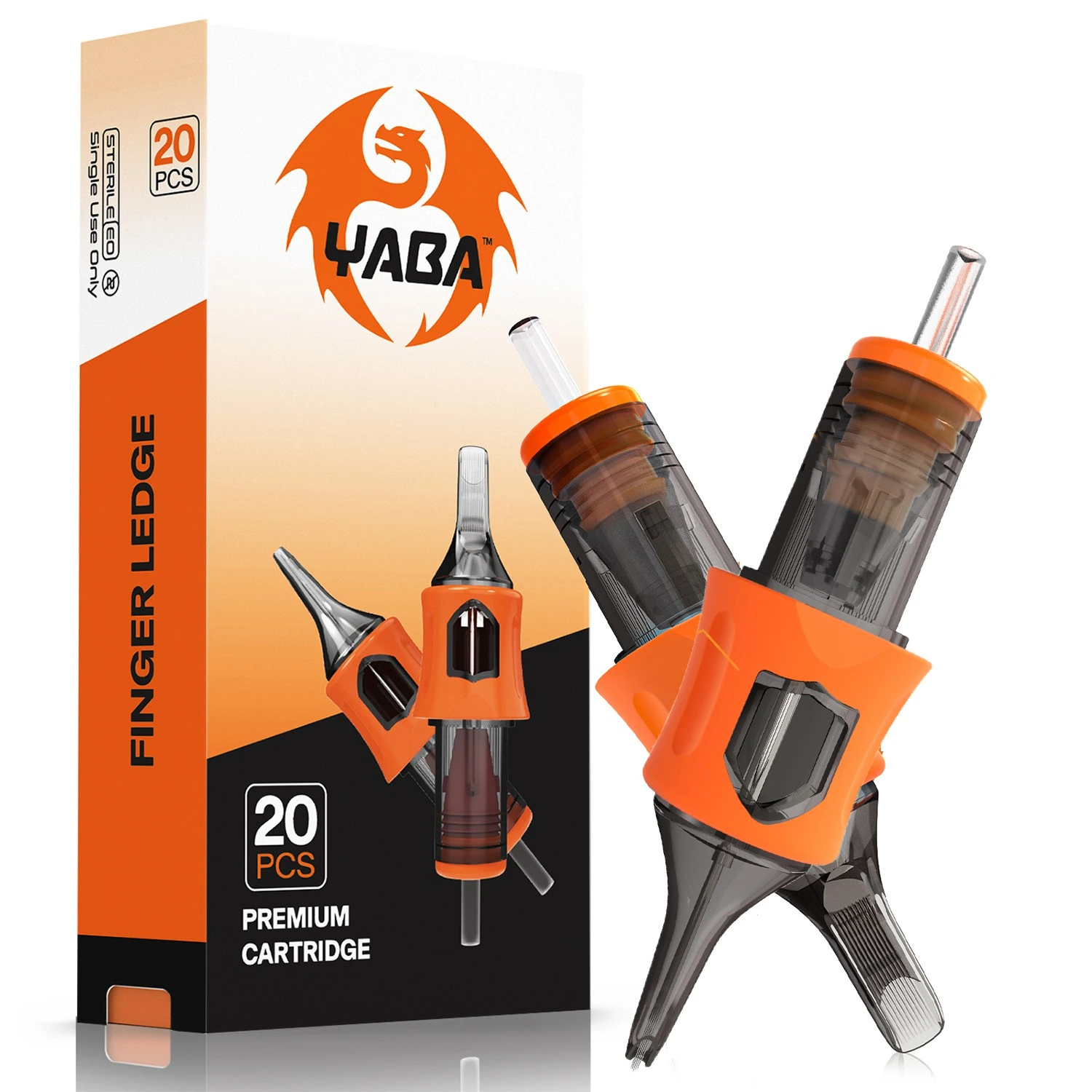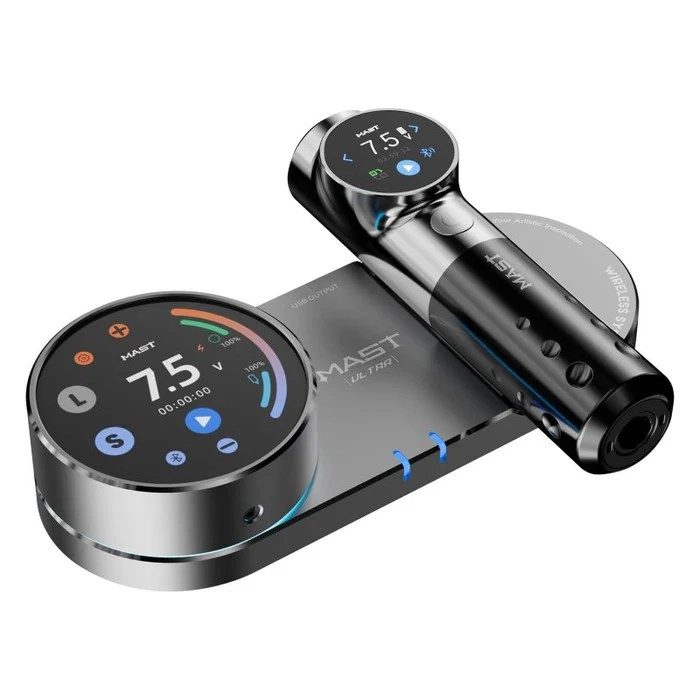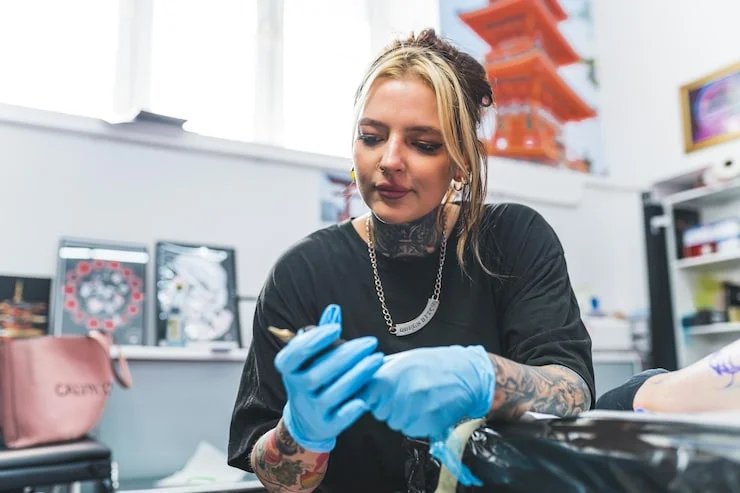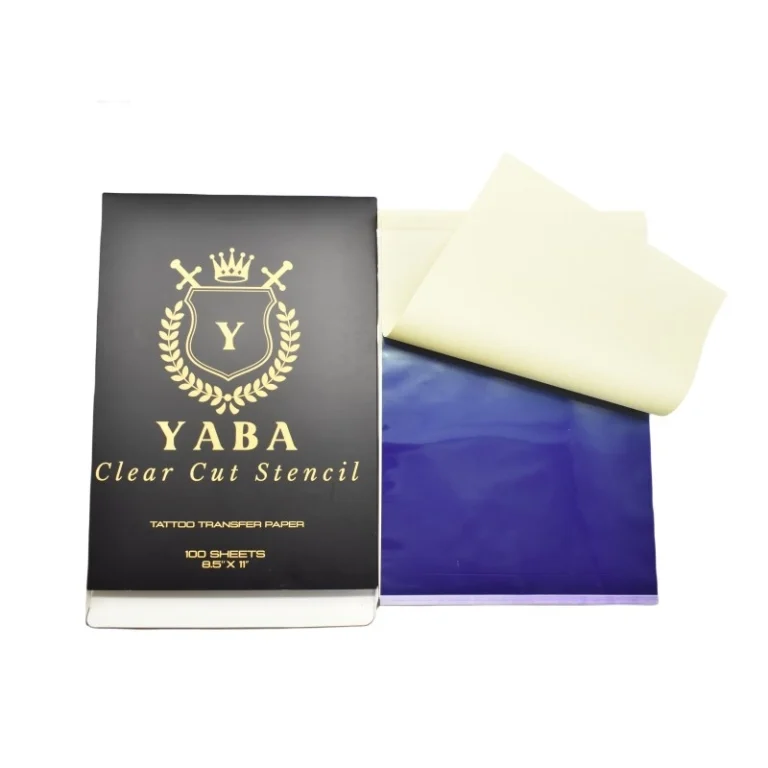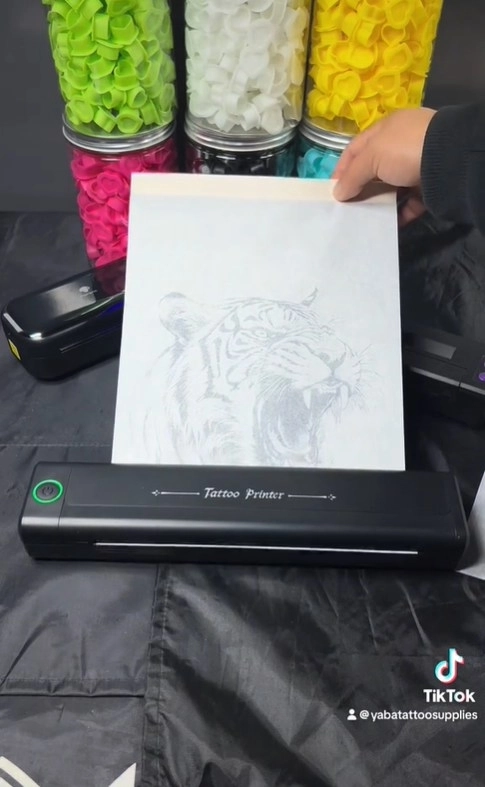As tattoo art changes, choosing between pin needle (hand-poked) and regular machine methods depends on key differences. These include pain levels, how long sessions take, and the final look. Pin needle tattoos give a calmer, more thoughtful process. They cause less harm to the skin. Machine tattoos provide exactness and speed for strong designs. This look into the topic shows how each way affects skin, heals, and meets different user needs. Industry leaders like Yaba back this with new ideas. Their cartridge systems work with both methods. Whether you care most about comfort, fine details, or lasting power, knowing these differences helps you make smart choices.
What Are the Main Techniques Behind Pin Needle and Traditional Tattoos?
Tattooing has become a varied art. Different ways suit different art styles and user likes. Two main ways—pin needle (hand-poked) tattoos and regular machine tattoos—differ a lot. They differ in how they are done, the tools used, and the results.
Overview of Pin Needle Tattooing Methods
Pin needle tattooing is often called hand-poking or stick-and-poke. It means putting ink into skin by hand. This uses one needle or a small set of needles. The artist dips the clean needle into ink. Then they poke it into the skin many times by hand. This way needs care and time. But it allows better control over each dot or line.
This way makes no machine shaking sound. So it is quieter and feels more personal. Artists often pick certain needle setups for different looks. Constant new thinking focuses on improving needle setups (like α12, α10, liners, shaders) for different tattooing styles and skills.
Overview of Traditional Tattooing Machines and Techniques
Regular tattoo machines use electric coils or spinning motors. These push needles fast into and out of the skin. This allows quick ink putting. It works well for making detailed designs fast.
Today’s artists like cartridge-based systems more. This is because they are cleaner. Tattooing is getting more popular everywhere. This is especially true among younger people. This growing need matches a move toward more professional work in tattooing. Artists choose cartridges more for their safety, cleanliness, and steady results over regular needles.
Yaba insight:
Yaba helps both ways through its new cartridge systems. These adjust to different skills. They work with both regular machines and hand methods.
How Do Pain Levels Compare Between the Two Tattoo Styles?
How much it hurts matters a lot when picking between pin needle tattoos and regular machine tattoos. Both ways touch the skin differently.
Factors Influencing Pain Perception in Pin Needle Tattoos
Hand-poked tattoos usually hurt less. This is because they go slower and have no machine shaking. The artist controls the push by hand. They can change this based on what the user says during the work.
Fewer skin pricks happen each second than with machines. So users often say the pain feels easier to take. But long sessions can still cause unease.
Pain Intensity and Sensation in Traditional Machine Tattoos
Machine tattoos often feel stronger. This is because the needles move very fast. The buzzing sound can also add to worry about pain. But they finish quicker because they work faster.
Regular tattoo needles are a direct swap. But cartridges are getting more popular. This is because they are safer and easier to use.
Yaba insight:
Yaba‘s comfy cartridge designs help ease artists’ hand stress during long sessions. They keep steady work going. This lessens user unease through smoother putting.
What Role Does Skin Trauma Play in Each Method?
Skin harm changes healing time and overall tattoo quality. Knowing how each way touches skin layers is key for aftercare plans.
Depth of Ink Penetration and Skin Impact
Pin needle tattoos usually go less deep than machine tattoos. This causes less harm. But it might affect how long the ink lasts if not done right. Machine tattoos give steady depth. They do this through controlled push from motors or coils.
Top makers keep making new in needle setup, membrane tech, and comfy design. This meets changing artist likes and rule standards.
Healing Process and Aftercare Considerations
Hand-poked tattoos often get better faster. This is because they cause less swelling. But they need careful watching while healing. Shallow ink putting may fade too soon.
Machine tattoos may take longer to heal. This is because they make more tiny skin tears. But they usually make stronger lines. These last longer if cared for well.
Yaba insight:
Yaba’s exact cartridges cut down needless harm. They give steady ink flow at best depths. This supports better healing results no matter which way is used.
Are There Differences in Duration and Session Time?
Time needed changes much between pin needle and machine tattoo sessions. This is because the skills work at different speeds.
Time Required for Completing a Pin Needle Tattoo
Hand-poked designs take much longer. This is because each dot is put by hand without machine help. Small signs might need 1–2 hours. Bigger pieces can take many sessions over days or weeks.
Efficiency and Speed of Traditional Tattoo Machines
Machines make things much faster. They allow thousands of pricks per minute. A full sleeve might take some hours instead of days. How long depends on how complex it is.
The α12 and α10 cartridge types rule the market now. This is because they are exact and can do many things.
Yaba insight:
With Yaba’s high-work cartridges made for speed without losing detail, artists can finish complex designs faster. This helps pros working against the clock. It also helps users wanting shorter sessions.
How Do Results Differ in Terms of Detail, Longevity, and Aesthetics?
The final look matters a lot when picking between these two ways. Differences range from line sharpness to how well they resist fading over time.
Visual Characteristics of Pin Needle Tattoos
Hand-poked tattoos often have a softer look. They show clear dot patterns. This appeals to simple or tribal styles. They can look a little lighter than machine work. But they offer special texture interest.
Appearance and Durability of Traditional Tattoos
Machine-done tattoos usually look stronger. They have cleaner lines good for complex shading or color changes. They tend to last longer if cared for well. This is because the color is put deeper.
New ideas in cartridge design keep making the user feel better. These include better needle setups, membrane tech, and comfortable holds.
Yaba insight:
Yaba’s better cartridge systems help both fine-line details for hand poke styles and strong color filling needed by machines. This makes sure looks last well across all types.
Which Method Is More Suitable for Sensitive Skin or First-Time Clients?
User ease is most important when picking a tattoo way. This is especially true for people new to body art or with touchy skin.
Considerations for Individuals with Low Pain Tolerance
Hand-poked skills are usually suggested for those scared of pain or machine noise. Since they are slower and cause less harm per session, new users often find them less scary.
Recommendations Based on Client Skin Type and Preferences
Users likely to get thick scars or heal slowly may gain from kinder hand-poked ways. But those wanting bright colors or complex details might pick machine work. They do this even if it feels a little more uneasy during putting.
Yaba insight:
Whether helping touchy users or expert collectors wanting exact work, Yaba gives changeable answers. It does this through its many cartridges made best for all skin types.
Who Is Yaba Tattoo Equipment Manufactory?
In the competitive world of professional tattoo equipment manufacturing, one name consistently stands out for its commitment to quality and innovation.
Introduction to Yaba as a Professional Tattoo Manufacturer and Exporter
Yaba Tattoo Equipment Manufactory shines as a worldwide seller. It focuses on high-quality tattoo supplies made for experts everywhere. Their promise is mixing old ways with new ideas through steady making ways.
Product Range and Industry Expertise Offered by Yaba
From old-style needles to top cartridges like α12/α10 series known for great control, their goods show deep field knowledge. This is backed by ongoing R&D spending aimed at helping artist work across all skills.
The tattoo cartridge market shows a changing picture marked by high growth chance. Future growth will come from rising user need, moving into new world areas, and more use of these cartridges in permanent makeup work.
Conclusion
Knowing the key differences between pin needle vs regular machine tattoos helps users and artists make smart choices. Choices can be based on pain feel, wanted looks, how long sessions take, healing needs, and personal style likes. With makers like Yaba always making new things across both sides—from comfy design boosts to detail-focused cartridge growth—the future of tattoo art offers more choice without losing quality. This holds true no matter which way you pick.
Frequently Asked Questions
Q1: Is a pin needle tattoo less painful than a machine tattoo?
A:Yes. Hand-poked (pin needle) tattoos usually feel less painful. This is because they have no machine shaking and allow more control over push during putting.
Q2: Do pin needle tattoos fade faster over time?
A:They can fade quicker if not put deep enough. But proper skill makes sure they last as long with right aftercare steps.
Q3: Can both techniques be used for all types of tattoo designs?
A:Not always. While both ways can do simple line work well, complex shading or color changes fit machine-based uses better. This is because of speed and steadiness gains from modern gear like Yaba’s α12 cartridges.

